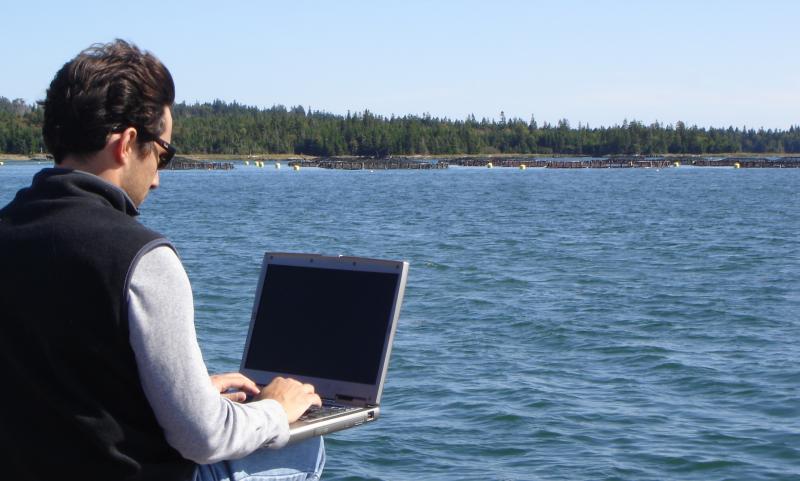In our industry, we use terms that are very specific to the work we do. People who aren’t familiar with aquaculture might not recognize some of these expressions. We hope this glossary will help our readers better understand our industry.
OIE: World Organisation for Animal Health. The Office International des Epizooties was created in 1924 to fight animal diseases at global level. In May 2003 the Office became the World Organisation for Animal Health but kept its historical acronym OIE. The OIE is recognised by the World Trade Organization (WTO) as the intergovernmental organisation responsible for improving animal health worldwide.
Epidemiology: the study of the distribution and determinants of health-related states or events (including disease), and the application of this study to the control of diseases and other health problems. Various methods can be used to carry out epidemiological investigations: surveillance and descriptive studies can be used to study distribution; analytical studies are used to study determinants.


Risk Analysis: an objective and defensible method of assessing the disease risks associated with the importation of aquatic animals, aquatic animal products, aquatic animal genetic material, feedstuffs, biological products and pathological material.
Risk Assessment: the study and evaluation of potential hazards existing prior to the slaughter of animals or the primary processing of their products, which could be a source of risk to other animals or for end-consumers.
Aquaculture: the activities of aquatic food animal production (e.g. fish farming).
Veterinary Capacity Building: the process through which individual veterinarians, veterinary para-professionals, and veterinary organizations acquire, strengthen and maintain the capabilities to deliver and achieve OIE-defined standards for veterinary service and their own development objectives over time.
Zoonosis: a disease that can be transmitted from animals to humans. Or more specifically, it is a disease that normally exists in animals but that can infect humans.
PVS pathway (PVS): Performance of veterinary services pathway. The specific and advance competencies (‘Day 1 Competencies’) that a veterinary student should acquire upon graduation, and serve as a foundation enriched by further education and professional experience.
Transboundary disease: Transboundary animal diseases (TADs) are defined by Food and Agriculture Organization (FAO) as those diseases that are of significant economic, trade and/or food security importance for a considerable number of countries; which can easily spread to other countries and reach epidemic proportions; and where control/management, including exclusion, requires cooperation between several countries. Transboundary diseases for which water is a pathway for transmission or infection are of particular significance in our context.